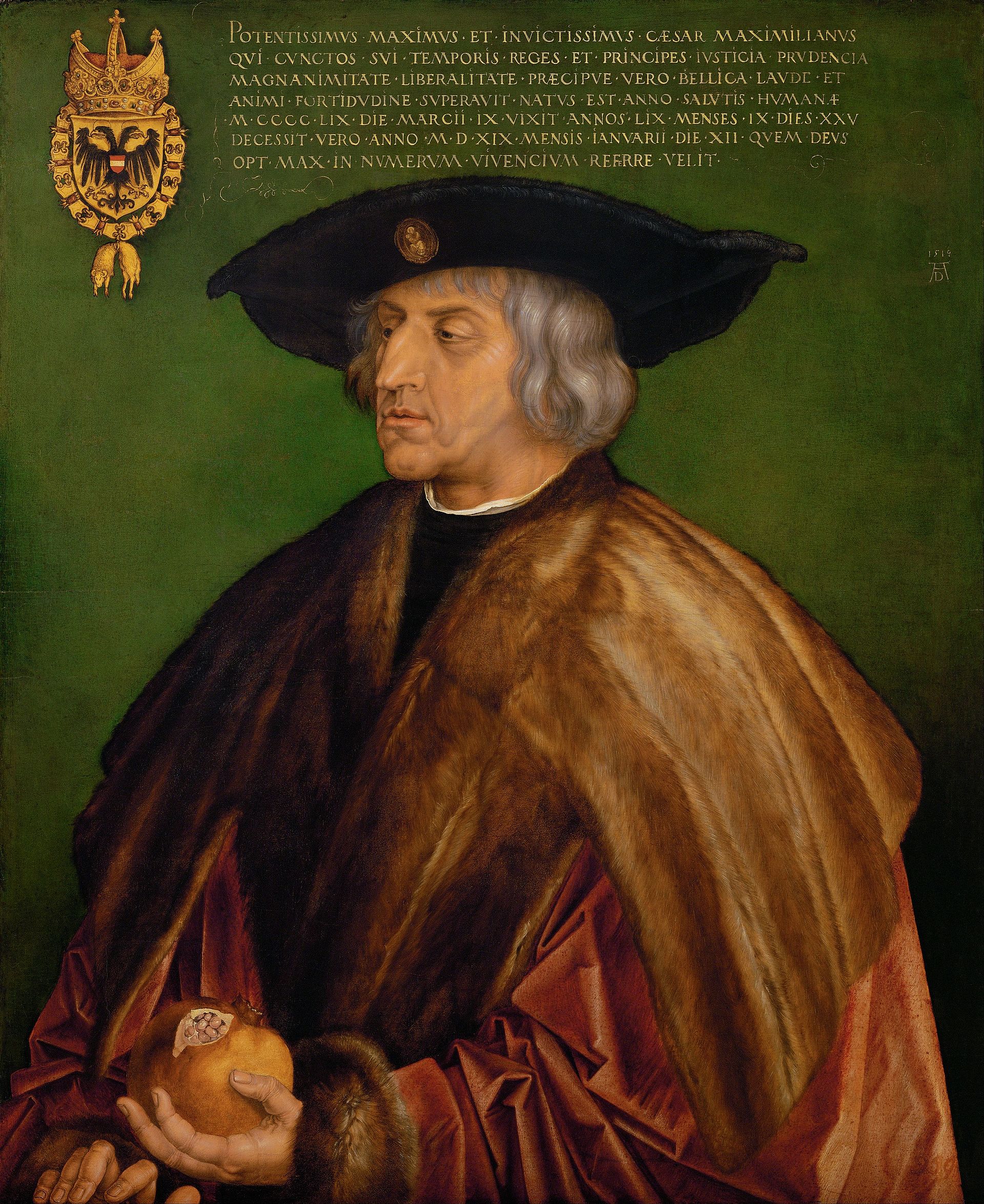
The Marxbrüder was a famous fencing guild of the 1400-1600s and the first guild to receive imperial privileges to train masters of the longsword. In this article, Kevin Maurer presents some of his research into how they emerged and came into glory, before fading out with the changing times of military and economic life in the Holy Roman Empire.
The Brotherhood of St Mark had existed prior to receiving official and Imperial privileges from the Emperor Friederich III in 1487, but they were not known as the Marxbrüder. The origin of their ultimate name was a combination of the Unsere Lieben Frau brotherhood and the Brotherhood of St Mark. Formally known as Brüderschaft Unsere Jungfrau Maria und Himmelsfürsten St. Markus. Their story is an interesting one. If we look at the military history of the Hapsburg rulers in the late 15th century, it becomes clear why the need existed for these groups. But first, let’s look at where they are from.
Pelt workers in Frankfurt
Below is a cropped image from the Merian Map of Frankfurt dated 1628. Circled in red is the House of Loewenberg, these were the original Patrons[1] from which the Marxbrüder originated[2]. The Church to the left is the Unsere Lieben Frau Kirche.

From the oldest archives of Frankfurt am Main, the original name for this group was: “Brüderschaft unserer lieben Frauen der reinen Jungfrau Maria und des heiligen und gewaltsamen himmelfursten Sanct-Marx”
At least one Home of the Marxbrüder in Frankfurt was on the Kothegasse.[3] This was known as a Sackgasse, or Blind alley, or a smaller alley that is only open on one end. The late Medieval and early renaissance city of Frankfurt must have been a maze of alleys and side streets. On the north side of Frankfurt there were, in particular, four main alleys with numerous sackgassen or smaller, blind alleys running off from them, the Kothe was one of these.
“The first was on the west side of the Antoniterhofs, named after Ortwin von Goldstein, early in 1581 it was re-built, but has long since vanished. The second is the current alley named Haasengasse, earlier it was also known as Peters- or Bengelgasse, or actually Aasgasse (vicus cadaverum) because of the geese yards, also slaughter yards for horses, the earlier names were owed to Monasteries of Alexander and Peter in Aschaffenburg, where still today the courtyard named after him stands, immediately in front of this Court yard lay a free Platz which was called, “the place”. There stood the house of Vicenz Fettmilch. The third small alley, the Kothe alley, is later rebuilt by the House of Löwenberg, which was the Seat of the Marxbrüder or the Association of the Masters of the Longsword as they were later known. The last alley is the Hofinger or Schärffen alley, named after Wirth Schärff. All of these blind alleys ran south to north, with the exception of those in the Prediger alley, which run from east to west.“[4]
Translation to English by Kevin Maurer, MFFG research
Further reading of the above source reveals that these four smaller blind alleys, were contained within the confines of larger alleyways on the north side of Frankfurt, and in close proximity to the Church of Our Loving Lady.



Unfortunately, the church did not survive the massive bombing campaigns of the United States and her allies in the second World War. But it was rebuilt post war to all its original grandeur and stands today. Notice the building to the right of the Church. On the ground floor can be found a Peltiers shop, selling furs and fur clothing. It is quite fitting, because it was the Kürschners or Pelt Workers Guild, among a few others, that formed the early ranks of the Marxbrüder Guild and were associated with the Church of the Unser Lieben Frau.
Military and political need for soldiers
Getting back to the political origins of the Marxbrüder, we see from the military escapades of the future Holy Roman Emperor Maximilian I, that in the mid 1480s, he had traveled to Belgium and Holland and sought to assert dominance and defend the Rights of his father the Emperor Friederich III. As there was no standing army that he could order forth, one had to be assembled. The call went out throughout the Empire for able bodied men, to serve in his latest campaign in the North.
In January, 1485, Maximilian was in the Netherlands, where he captured Oudenarde and showed his determination to make himself master of Ghent. But after defeating the Ghenters under their own walls, and capturing their great banner, he was forced to retreat because of a mutiny for pay among his troops.[5]
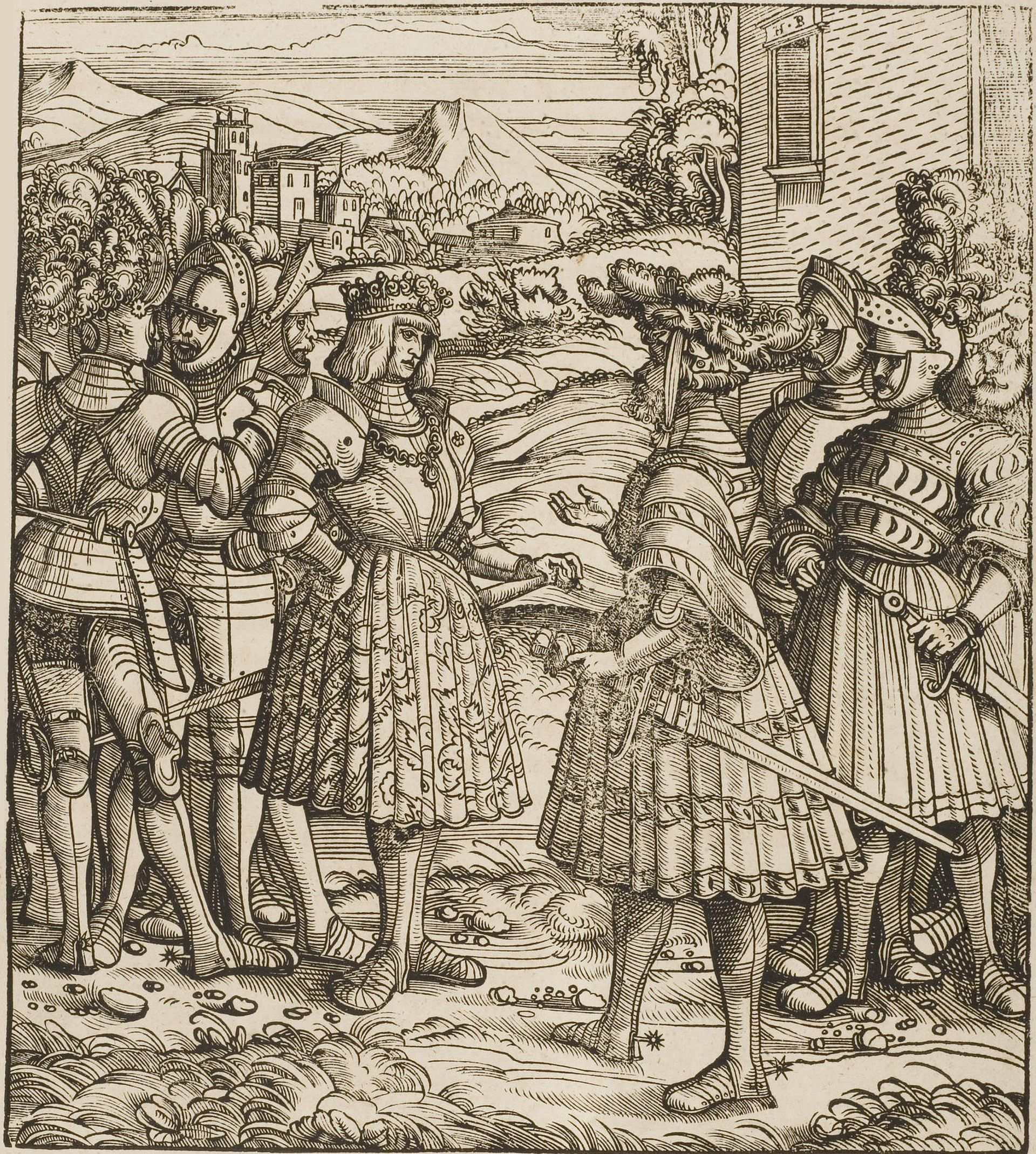
He must have returned home with a determination to go back to Belgium and Holland and conquer them once and for all, because he gathered a larger and hopefully more dependable force of mercenaries to whom he gave some form of official privileges. It was in the year 1486 that he granted privileges to a group of paid soldiers, known as the Landsknecht, or servants of the land. This group was formed by various city, town and village militias from all across the Empire. Warriors from several different Brotherhoods, religious Orders and Trades guilds all answered Maximillian’s call to Arms.
Next, history reveals that in the summer of 1486, Maximilian I returned to the Netherlands with his grand Army of German and Swiss mercenaries. He occupied parts of Flanders and was threatening to attack France.
Meanwhile, England was brokering a deal with the Flemish in Ghent and Bruges, with a trade agreement, while the bulk of the English trade was still going to Brabant and Holland.
The Marxbrüder are given special rights
Sensing the inevitable military confrontation and knowing the unreliability of the previous forces he and his son had assembled, the Emperor Friederich III while in Nürnberg in mid 1487, wisely enacted a privilege unique to the Hapsburg Rulers, as described in the Privilegium Maius.[6] This dates back to early 14th century Hapsburg Rulers, who claimed direct descendance from the Caesars of Rome, and because of this, they felt it was their right to authorize and organize Military Orders and Brotherhoods to act as military forces, without the approval of Rome and the all mighty Church. These Imperial privileges were given to a group of Fencing Masters in Nürnberg, on the 10th of August 1487, the Charter documents included that the Guild was to be headquartered in Frankfurt am Main. And there in the Roemer platz, during the Fall festival they would test and certify those fencers who had avowed to become a Master of the Longsword.

In granting one particular group, the Imperial privilege to teach and train others in the war arts, the Emperor had secured a trustworthy military force. Entitled to more than just a few months wages as mercenaries, this newly appointed group, now had the opportunity to profit from the instruction and certification of new Master instructors in the war arts. This generated revenue for the Guild through not only fees for instruction and dues from members, but also portions from the admission prices of publicly spectated fencing tournaments known as Fechtschulen. This was a very wise move on Friederich’s part and must have meant a small fortune to the newly formed fencing Guild.
Much is written in the Cod I.6.2o 5. regarding the disposition of the monies gathered by all Marxbrüder Masters of the Longsword.[7] When a fechtschule was held, there was a certain percentage or amount due the Guild. Even when a Master received pay for instruction, they were required to remunerate back to the guild, a portion. Money was the main ingredient for a successful and dependable military force.
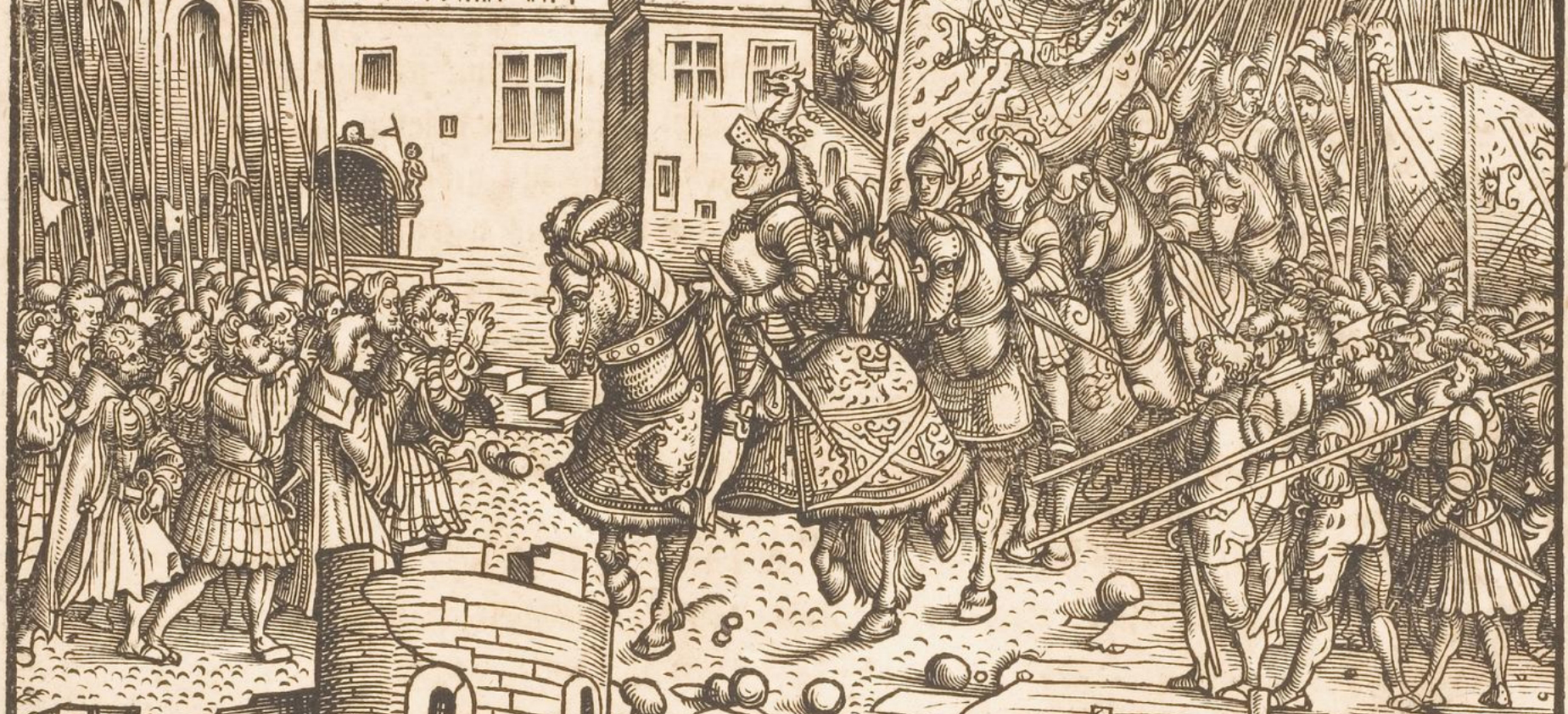
This dependable military force was soon to be called upon. During the late 1480s, Maximilian I, while in the north, continued unsuccessfully to attempt a peaceful settlement through Politics, but things eventually got out of hand with the Flemish. Adding to this, was the oppressive presence of his large bodies of alien troops, the German and Swiss mercenaries in particular, which led to the renewal of agitation in Flanders against the Austrian regime. The Belgians were stirred up because of several decrees by Maximilian I, who had promised the trades guild Masters of Bruges that he would not enter into a pact with France. The Flemish, who didn’t believe that, armed themselves and captured Maximilian and killed or ran off his Mercenaries.
“On February 1, 1488, the trades guilds of Bruges in their turn took up arms, and the Carpenters occupied the gate towards Ghent. Then ensued the strangest and most humiliating episode in the whole history of Maximilian’s experiences in the Netherlands. The market-place was turned into a fortified camp, and for the better part of four months the Roman King was detained, first in his own lodging in the fortified mansion of Ravenstein ; then, afterward when his soldiery had been driven out of the city, he was an actual prisoner in the Cranenburg, a house by the market;.[8]
This would prove too much for the Emperor to take. By the end of April 1488, Friederich III was marching on Flanders at the head of a mighty Army. Included within this Army was a group of warriors who could be trusted to maintain the best interests of the Empire, the Marxbrüder.
Faced by such a massive and determined army, the Flemish released Maximillian on the 16th of May 1488. In many other cities, oddly enough, the Flemish turned out to welcome Friederich III and his recently freed son Maximilian I.[9]
From military need to decline
So, the formation of this guild was initially for military purposes and probably remained so until an official standing army was created in the late 17th century. On the 20th of March 1670, the Marxbrüder requested of the Emperor Leopold in Vienna, that their coat of arms be updated and increased. Up until then they had been known as, Masters of the Sword and Military Exercises Arts from St Mark and Loewenberg. From henceforth they would be known as simply, The Brotherhood of St Mark and Loewenberg. Their coat of arms changed now, adding a fourth quadrant, to include a flying Lion with two Mountains residing in the background. Was this a final homage granted to a long serving, and loyal group which was no longer necessary? This does seem to coincide with the creation of an army, maintained by the Imperial court. No longer was it necessary to assemble an armed force of citizen militia, only when the need arose. After the lessons learned in the Thirty Years War, the Empire could only be preserved with an official standing army of trained and professional soldiers.
How they tested for master
But the Brotherhood would survive for another seventy years or more, continuing to instruct and certify Masters of the fighting arts. The methods that the early 18th century fencers used had been established a few hundred years prior and they maintained these original customs. From original historic sources, it can be seen that a student would apprentice under an approved Master, paying for lessons, until they became proficient enough to become a Master themselves. At which point, they would vow to their Master that they intended to be tested in Frankfurt-on-the-Main, within a two to three year period. But first they were tested by their Master in a local fight where all challengers had to be answered. Afterward all challengers had to agree unanimously that the student was at a masters’ level. The lehrbrief, or apprentice papers, were issued to the student.[10] This was an all-important document that proved the student intended to become a Master and was capable of becoming one. He was then known as Angelobten Meister, or Avowed Master. He would enjoy many of the privileges bestowed to a Master. In addition to other things, free and unhindered passage from place to place, ‘over land and water’ was guaranteed to him by this document.

What follows is my translation of one such Lehrbrief from late in the history of the Brotherhood.
Your Roman Imperial Majesty also Royal Majesty of Hungary and Bohemia and of the Holy Roman Empire, I, Johann Becker born in Hamburg, a Loyal Captain of the Military Exercise arts of St Mark and Loewenberg, do proclaim and acknowledge herewith, for everyone’s pleasure whosoever reads what is apparent, or hears it, that I today and hitherto, from Roman Imperial Authority and Privilege, present the honorable and manly George Linz born in Leipzig, his loyal trade is that of Pelt Worker, and in all Knightly weapons, how is usually seen here, from the longest to the shortest and from the shortest to the longest, have allowed him to be tested in how they are used in such Knightly manner, there he held out manfully and with honor and honesty against his opponents, done in the Holy, trade and commerce city of Danzig in Prussia, after which I presented to the opponents verbally, whether they at the present would pass George Linz, and recognize him as an Honorable Master of the Long Sword, to which they all unanimously affirmed with a “yes”, Thereupon, because his good conduct has so contributed, I have struck him to (the rank of) Avowed Master of the Longsword, also to his Oath he is admonished to be faithful, and that he complies faithfully and honestly, to all the articles and laws as there are, at liberty to the Masters of the Sword, and these same never oppose or be in conflict with, much less permit another to rise up against, which he has avowed and sworn with a bodily Oath and pointing fingers, also that he appears at Frankfurt am Main, within two to three years, and there make good on his Promise to me, then it would be helped through God’s Mighty graces and Gentlemanly Masters, for him to not be hindered for his witnesses and godfathers are of solid honor, Mr. Johann Beitgens, purchaser and merchant, and the honorable Michael Gloff, buyer and trader, the respectable George Petzelt, citizen and wide cloth manufacturer, the honorable George Teschke, citizen and harness maker, and now reaching respectfully, my humbly deepened and highly diligent prayers and requests to all and each, whatever their standing honors, or dignities, they be King, Princes, Dukes, Barons, Knight, Noble, Imperial City Sherriff, Mayor, Judge and Soldiers of the City, market place villagers, and Clausen.
May the above named, George Linz, be allowed to pass and return, freely, safely and unhindered over land and water, because of Your Majesty’s Imperial Privilege, in order that he may fulfill the Noble Sword. So now also that my service and requests reach the four deputies, and to all the approved Masters of the Long Sword, from the most Noble and widely acclaimed, Brotherhood of St. Mark and Loewenberg, Frankfurt am Main, or else other places and ends, that you will show the above named, George Linß, upon his appearance and to his friendly requests, all good will and be inclined to promotable opportunities. For the sake of his honorable and Manly behavior, and also as an Honorable and Avowed Master, allow him free and unhindered passage, that I am in submissiveness, diligently indebted to everyone according to the standing Honors, to witness in Truth, I wish to bestow to this certificate, my own duly acquired Noble Signet, and signature, made with my own hand, done in the Royal, Trade and Commerce City of Danzig in Prussia, the 22d of June, 1682.
Johann Becker,
-Captain of St. Marks und Löwenberg[11]
The date of 1682 seems rather late in the game for the Fencing Guilds, but the Marxbrüder were still going strong. After the Thirty Years’ War, Germany was no longer enthused about the traditional sword fighting arts or sword fencing guilds for that matter. But the fact that the Guild was still certifying Avowed Masters, and Masters, late into the 17th century, also parallels a resurgence in reprints of nearly 100-year-old fencing works. The 1570 works of Joachim Meyer were reprinted in Augsburg during the year 1660 for instance. The 1670 works of Fencing master Antonio Verollini, which closely copied those of the earlier 1570 Meyer, are also known to exist, among others.
Perhaps those who survived the ravages of the Thirty Years’ War, knew that the fencing arts of prior centuries, taught a martial art that was necessary for survival. Even though the earlier weapons had gone out of earnest use, being replaced by long, thin thrusting swords and handguns, the use of Longsword and Dussack were probably considered still as viable training tools. History reveals that in a post Thirty Years’ War Germany, the fechtschulen and fencing guilds were less glamorized as they had been previously. The language about them had changed. They were relegated to an amusement for the most part. Yet we can easily imagine that the tradition continued. After many years of bloody fencing for honors’ worth, and with a dedicated devotion surrounding the Guild, there is no way that something like that would be allowed to disappear.
Decline and legacy
The ultimate fate of this once proud and mighty Guild can only be guessed at. Perhaps the most recent vestiges of this guild can be seen in the early 20th century Mensur and Burschenschaft fencing societies, which formed among the Universities in Germany beginning in the 1800s, and still continues to this day. Many of their modern coats of arms contain symbolism originally found in the earlier, 16th and 17th century fencing Guilds.
Pictured below is an original image of the Marxbrüder guilds coat of arms

Notice the stack of spears, bundled in their middle by what appears to be bows. this symbol could be compared to several found on armor of Maximilian I. In addition, the Royal Scroll can be seen held by the Marxbrüder Lion. More interestingly, we can see in the very center of the Wappen, two arms emanating out from clouds, they are clasped in a fraternal handshake. Interestingly enough, they appear to be holding a winged Sword, or dagger? While the symbol of clasped hands goes far back in European history, even before the Fencing guilds, and was used to indicate a sense of Brotherhood, often times a pious brotherhood when the arms emanated from clouds, it was seized upon by both official Fencing guilds in their coats of arms. It would be nice to imagine that the German Mensur and Schläger fencing societies of the 19th – 21st centuries purposely used this symbolism to honor those previous warriors who also shared a sense of camaraderie and brotherhood.
Just how the guild ultimately ceased to exist, is unknown at this point in time. But that the Marxbrüder were the longest standing organization of its kind, cannot be disputed. Their origins came about through the need for Military Forces, and when those forces were no longer needed, this Guild faded into History. It could be surmised that through the 18th century, all of the mechanisms in society that had once moved and propelled this great fencing guild forward, had changed. The sword arts in Germany had evolved into an ultimate form that was far removed from the earlier hewing and cutting methods. The shooting festivals with handguns had taken over the popularity of “Martial sports”. The long standing and powerful Trades Guilds, whose earlier members had made up the ranks of the Fencing Guilds, had been greatly weakened by the economic changes in the Empire. The eventual defeat by Napoleon, and his edicts that forbid Martial sports and the carrying of sidearms, not to mention the very dissolution of the Royal Hapsburg Empire, would have driven a final nail into the coffin of the Royally approved Fencing Guilds. Perhaps they didn’t just disappear though.
Kevin Maurer
July 2018
Footnotes:
[1]Patrons during the Renaissance in the Holy Roman Empire, were wealthy patricians who often supported the arts, and lent influential support to a cause or institution.
[2] Page 90 Mittheilungen des Vereins für Geschichte und Alterthumskunde in, Volume 1, By Verein für Geschichte und Altertumskunde (Frankfurt, Main) 1860
[3] Wander, Page 83
[4] Page 90 Mittheilungen des Vereins für Geschichte und Alterthumskunde in, Volume 1, By Verein für Geschichte und Altertumskunde, Frankfurt, Main, 1863
[5] The Encyclopedia Britannica: A Dictionary of Arts, Sciences …, Volume 17, p.927). New York 1911
[6]Curtis, page 24
[7] http://wiktenauer.com/wiki/Hans_Medel_Fechtbuch_(Cod.I.6.2%C2%BA.5)
[8] Page 257
http://www.uni-mannheim.de/mateo/camenaref/cmh/cmh113.html#447
[9] Page 258 http://www.uni-mannheim.de/mateo/camenaref/cmh/cmh113.html#447
[10] Kufahl, Schmiede-Kowarzik, Fechtbuchlein, Leipzig 1888
[11]Kastnern, page 192
References:
Curtis, Benjamin, The Hapsburgs:The History of a Dynasty, Bloomsbury Publishing, 2013
Kastnern, Abraham Sammlungen historischer und geographischer Merkwürdigkeiten, Altenburg 1752
Kufahl and Schmiede-Kowarzik, Fechtbuchlein, Leipzig 1888
Müller, Johann Bernhard ”Beschreibung des gegenwärtigen Zustands der freien Reichs-, Wahl- und Handelsstadt Franckfurt a. M” 1747
Niermeyer Klaus Wolf, Kommentar zur “Frankfurter Dirigierrolle” und zum “Frankfurter Passionsspiel”, 2002
Oelsner, T. H. Ruebezahlider schlesische provinzialblaetter. (Vol. 1, p. 526). Berlin, 1862
Verein für Geschichte und Altertumskunde, Mittheilungen des Vereins für Geschichte und Alterthumskunde in …, Volume 1., Frankfurt, Main 1863
Wander, Karl Friederich Wilhelm, Deutsches Sprichtworter Lexicon, Leipzig 1873
Wassmansdorff, Karl, Sechs fechtschulen, Leipzig 1870
The Encyclopedia Britannica: A Dictionary of Arts, Sciences …, Volume 17, p.927). New York 1911

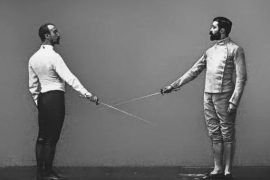
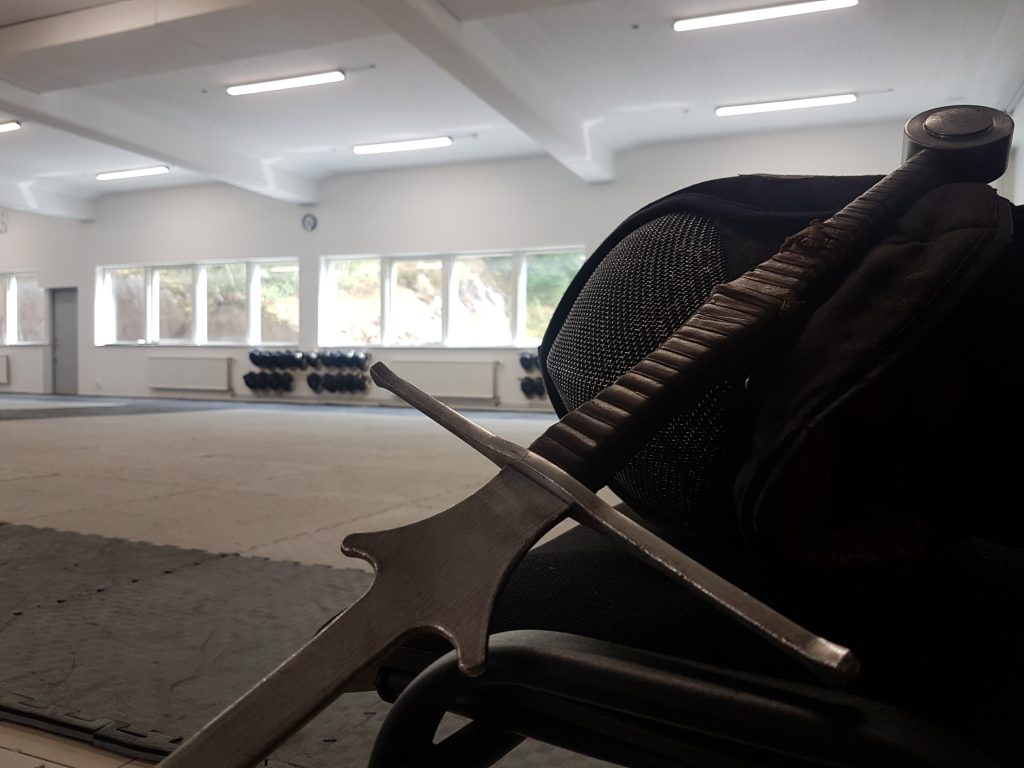
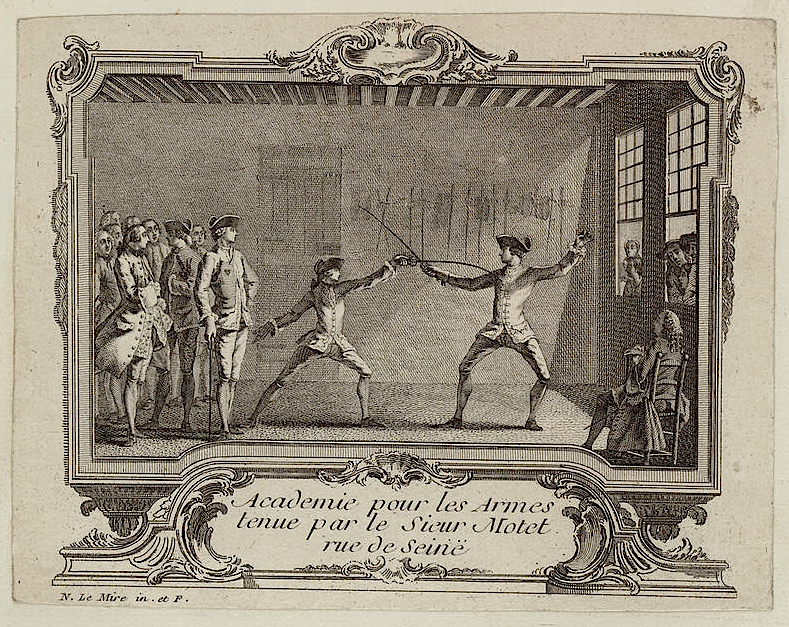
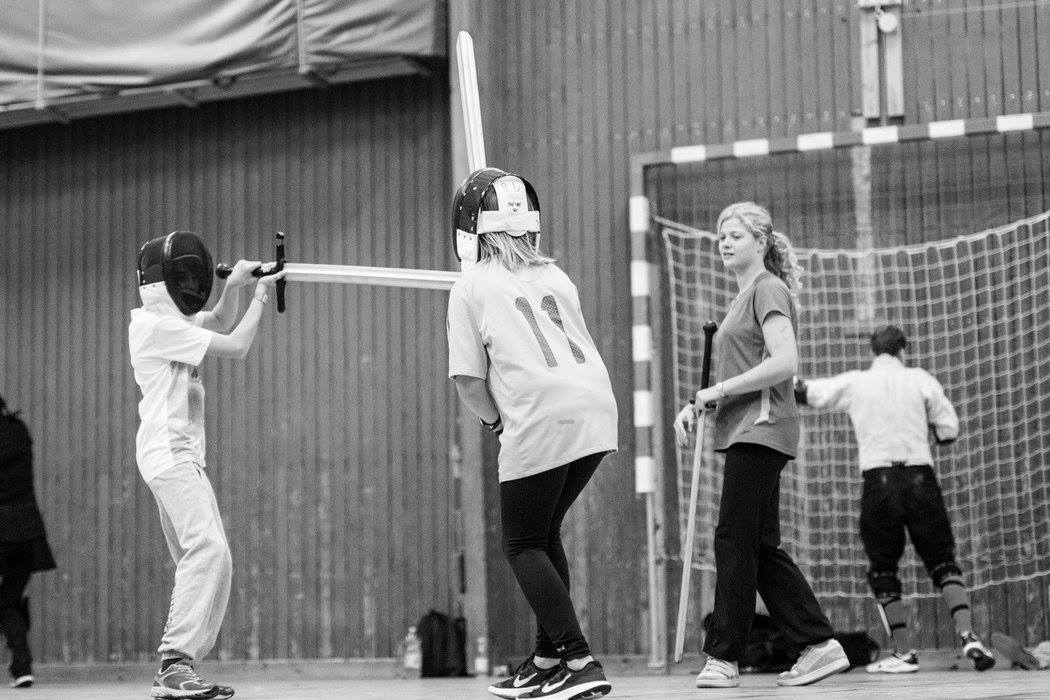
Our systems are verified, authenticated and encrypted by the most advanced digital security certification authority -Thawte.
[url=https://ad.admitad.com/g/ofc53p8nisce22793aa2e94db72a90eb5e8897ff/]United States[/url]
I love to dress in this boutique. There are youthful and elegant things here. Once, on the recommendation of her husband, I even took 2 dresses at once
http://offeramazon.ru/bspb
Drive, drive, drive your car
Gently down the street.
Merrily, merrily, merrily, merrily,
Life is such a treat.
http://zazebok.ru/buy-a-car/all-new-and-used/all-states/all-locations/all-bodytypes/lexus_gs200t